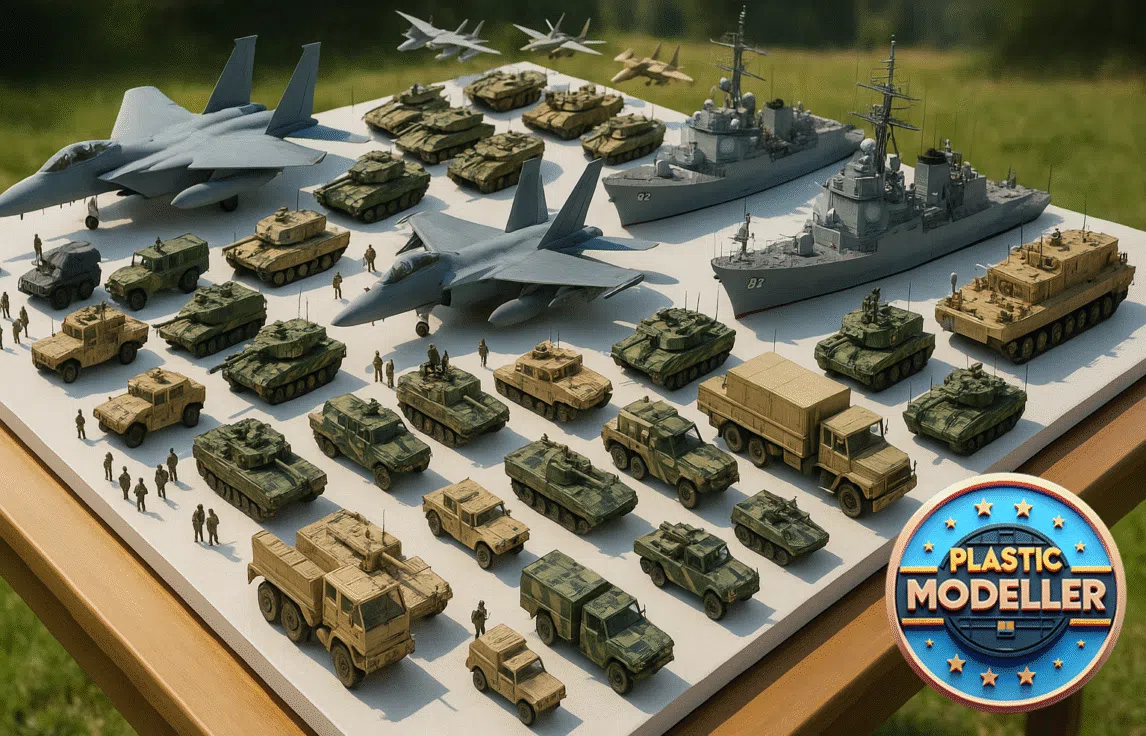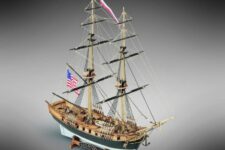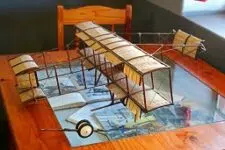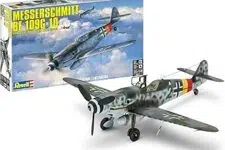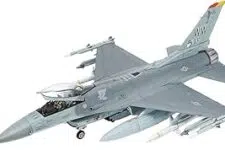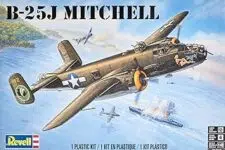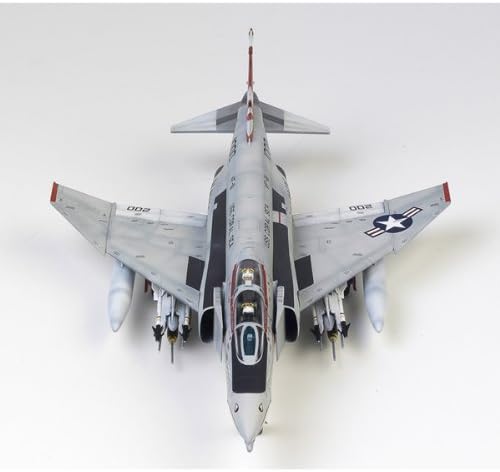
Table of Contents
The McDonnell Douglas F4 Phantom II soared through the skies like a majestic eagle, leaving an indelible mark on the world of aviation. From its inception in the 1950s to its retirement in 1996, the Phantom II proved to be a fearless warrior, serving the United States Navy, Air Force, and Marine Corps with distinction. In this article, we embark on a journey through the rich history and extraordinary capabilities of this legendary aircraft.
The Birth of a Legend: F 4 Phantom
Like a phoenix rising from the ashes, the F 4 Phantom II emerged as a symbol of power and innovation. In 1953, McDonnell Aircraft set out to enhance its F3H Demon naval fighter plane, seeking to unlock its true potential. The result was a masterpiece that surpassed all expectations, known as the F-4 Phantom II.
The U.S. Navy recognized the brilliance of this design and eagerly embraced it. Like a proud parent, they ordered the birth of two XF4H-1 prototype test aircraft and five YF4H-1 pre-production fighter planes in July 1955. The maiden flight of the Phantom II was a moment of pure magic, as it gracefully took to the skies on May 27, 1958, and officially entered service in 1961.
The Versatility of the Phantom II
The F 4 Phantom II was not just a one-trick pony, but a versatile chameleon that could adapt to any mission. Like a master of disguise, it seamlessly transitioned from an interceptor for the U.S. Navy to a ground-support bomber for the U.S. Marine Corps. Its capabilities knew no bounds, as it excelled in air superiority, close air support, interception, air defense suppression, long-range strike, fleet defense, attack, and reconnaissance missions.
One pivotal moment in the Phantom II’s journey was Defense Secretary Robert McNamara’s vision for a unified fighter across all branches of the military. This dream became a reality when the U.S. Air Force welcomed the Phantoms into their ranks, specifically the F4C version, starting in 1963. The F-4D, introduced in 1966, was a shining star that boasted major enhancements, improving accuracy like a sharpshooter. It went on to serve the Air National Guard in 1977 and the Air Force Reserve in 1980.
Unmatched Performance
The F-4 Phantom II danced through the skies with unparalleled grace and power. Its twin General Electric J-79-GE-15 engines roared like thunder, propelling the aircraft to a maximum speed of 1,400 mph, akin to a lightning bolt streaking across the heavens. With a cruising speed of 590 mph, it glided effortlessly through the air, like a graceful ballet dancer. Its range extended up to 1,750 miles, allowing it to explore vast distances, like a fearless explorer. And with a ceiling of 59,600 ft, it reached heights that seemed almost impossible for mere mortals.
Impressively, the Phantom II had the strength of a mighty titan, capable of carrying a payload of up to 16,000 pounds. Like a juggernaut, it held within its grasp an array of deadly weapons, including bombs, rockets, missiles, and guns. To put it into perspective, each aircraft was intricately woven together with 54,197 feet of wiring and 643,000 fasteners, like a complex tapestry of sheer engineering brilliance. These specifications showcased the Phantom II’s ability to engage and disengage from air combat at will, thanks to its exceptional thrust.

Production and Global Reach
From 1958 to 1979, a total of 5,195 F 4 Phantom II aircraft took flight, like a flock of majestic birds soaring together. McDonnell Aircraft, later known as McDonnell Douglas, crafted 5,057 of these marvels in St. Louis, Missouri, like skilled artisans creating masterpieces. The remaining 138 aircraft were built under license by Mitsubishi Aircraft Co. in Japan, spreading the Phantom II’s wings across the globe.
Of the U.S.-built aircraft, the U.S. Air Force became the proud owner of 2,874, while the Navy, Marine Corps, and international customers received 1,264 and 919 respectively. This production run was a testament to the Phantom II’s popularity and success, as it became the largest supersonic fighter production in the United States, like a symphony of engineering excellence.
The End of an Era
After an illustrious 38-year career, the F 4 Phantom II gracefully bowed out from U.S. military forces in 1996. Its final flight over Tucson, Arizona, was a poignant moment, as it bid farewell like a legendary hero. The Phantom II’s retirement marked the end of a remarkable chapter in aviation history, like the closing of a beloved storybook.
The Mcdonnell Douglas F-4 Phantom ii Legacy
Although retired from active military service, the F 4 Phantom II continues to soar through the skies, defending the skies of eight nations worldwide. One shining example is the QF-4E, a remote-controlled target drone born from the spirit of the Phantom II. These drones serve as invaluable training tools, like loyal apprentices learning from their master.
Furthermore, various museums and airbases around the United States proudly display preserved F-4 Phantom II aircraft, like precious artifacts in a grand gallery. These static displays not only pay homage to the aircraft’s legendary status but also honor the brave pilots and crew members who soared through the heavens in these magnificent machines.
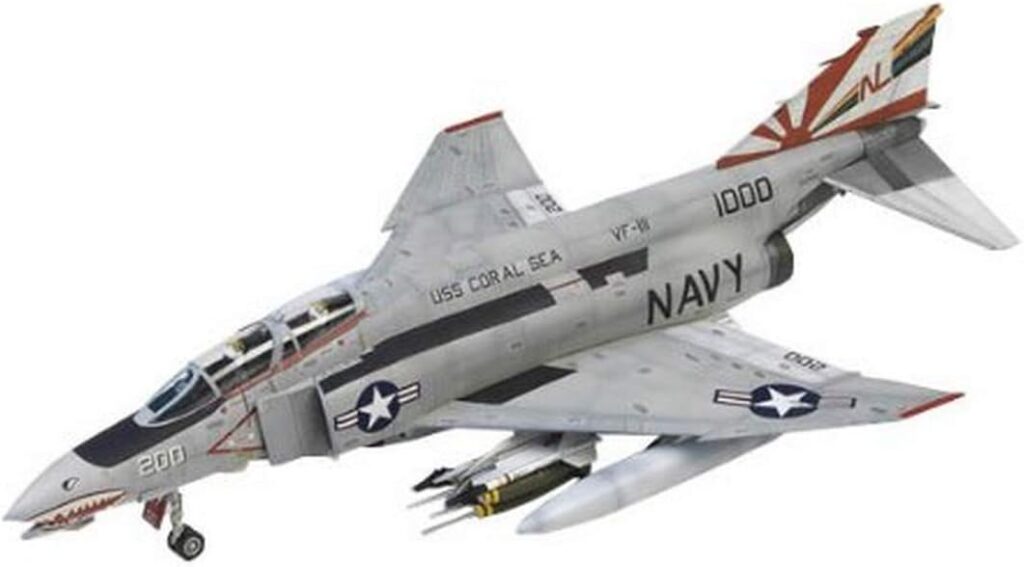
Conclusion
The McDonnell Douglas F 4 Phantom II remains an aviation marvel, etching its name in history as one of the most versatile and potent fighter-bombers ever created. Its journey from development to production was a symphony of innovation and engineering prowess, leaving an enduring legacy in the annals of military aviation. While the Phantom II’s retirement marked the end of an era, its impact on the world of aviation will forever burn bright, like a guiding star illuminating the skies.
[content-egg-block template=offers_grid]
